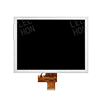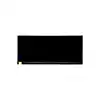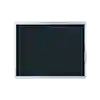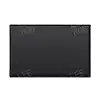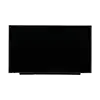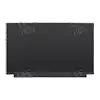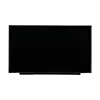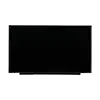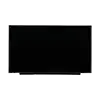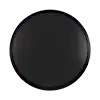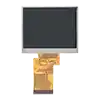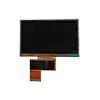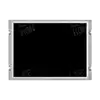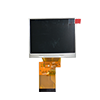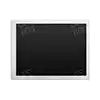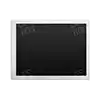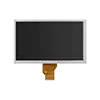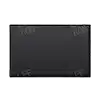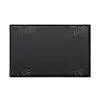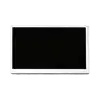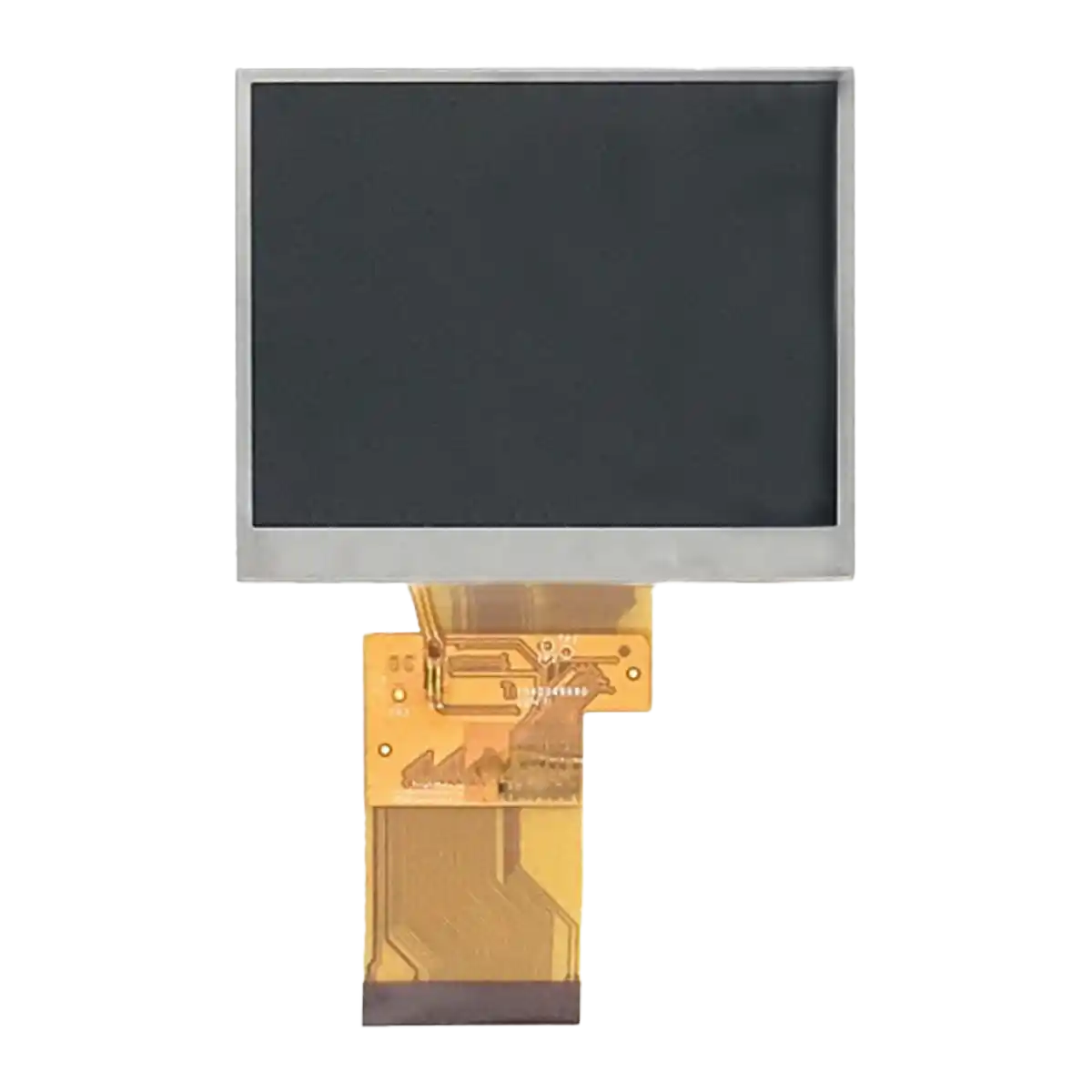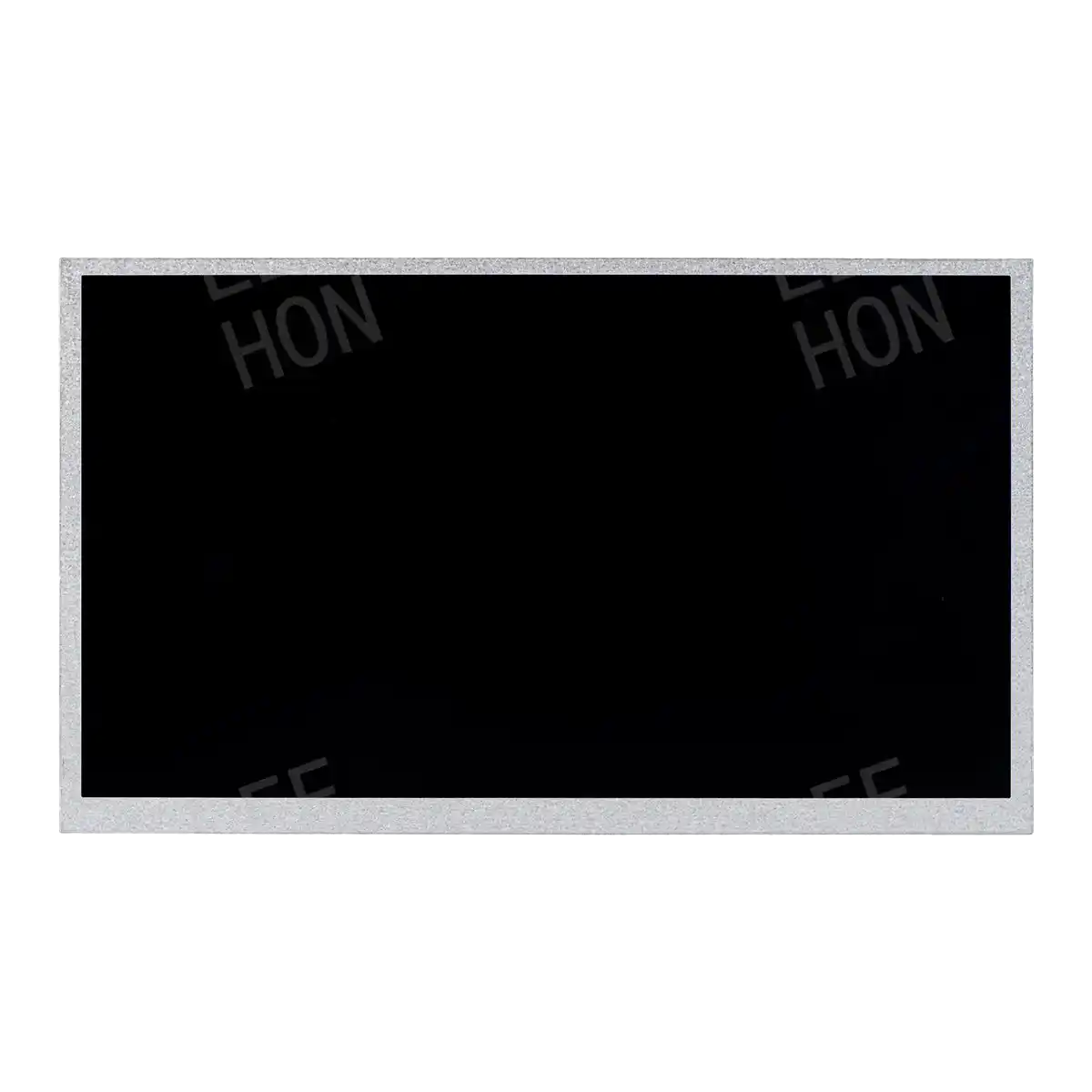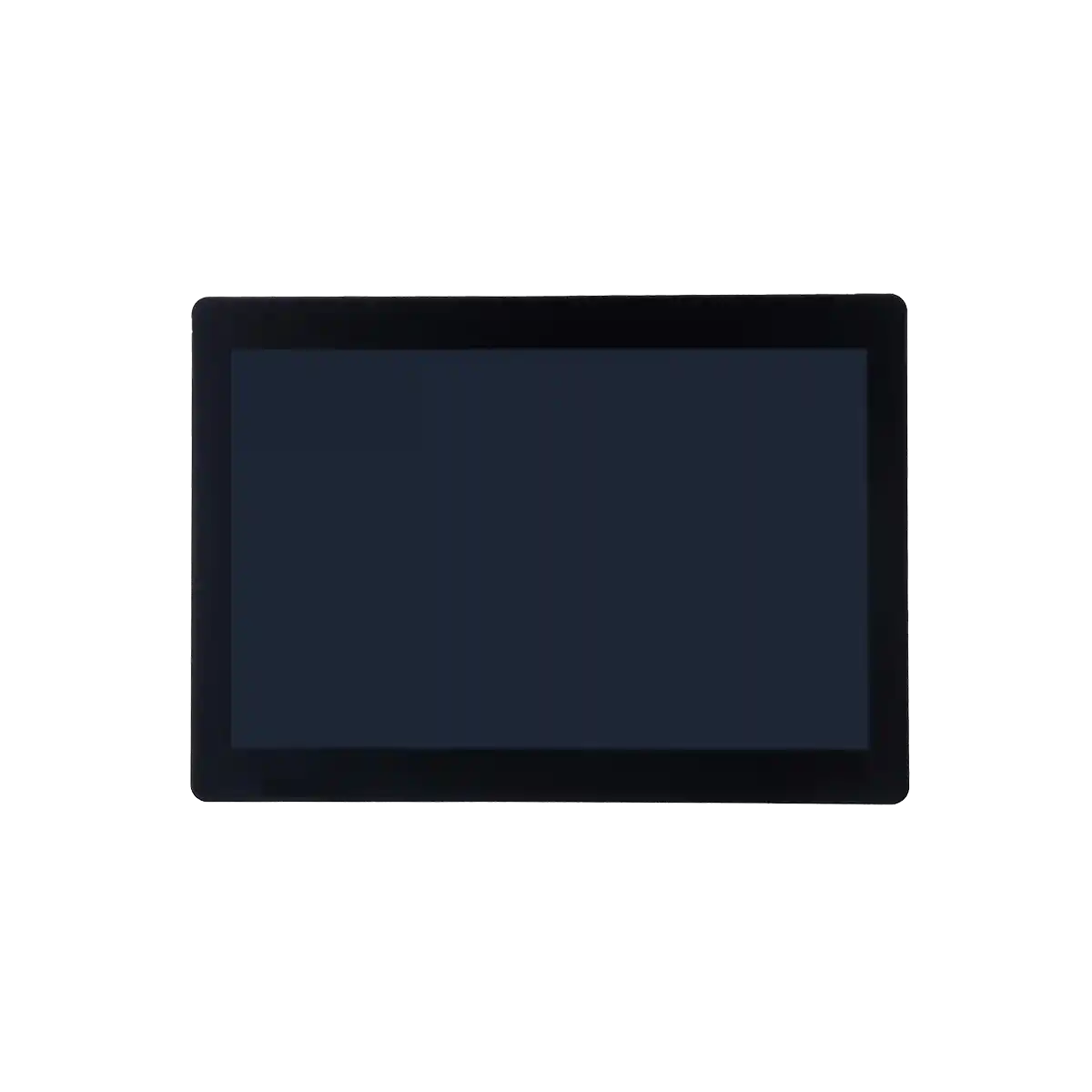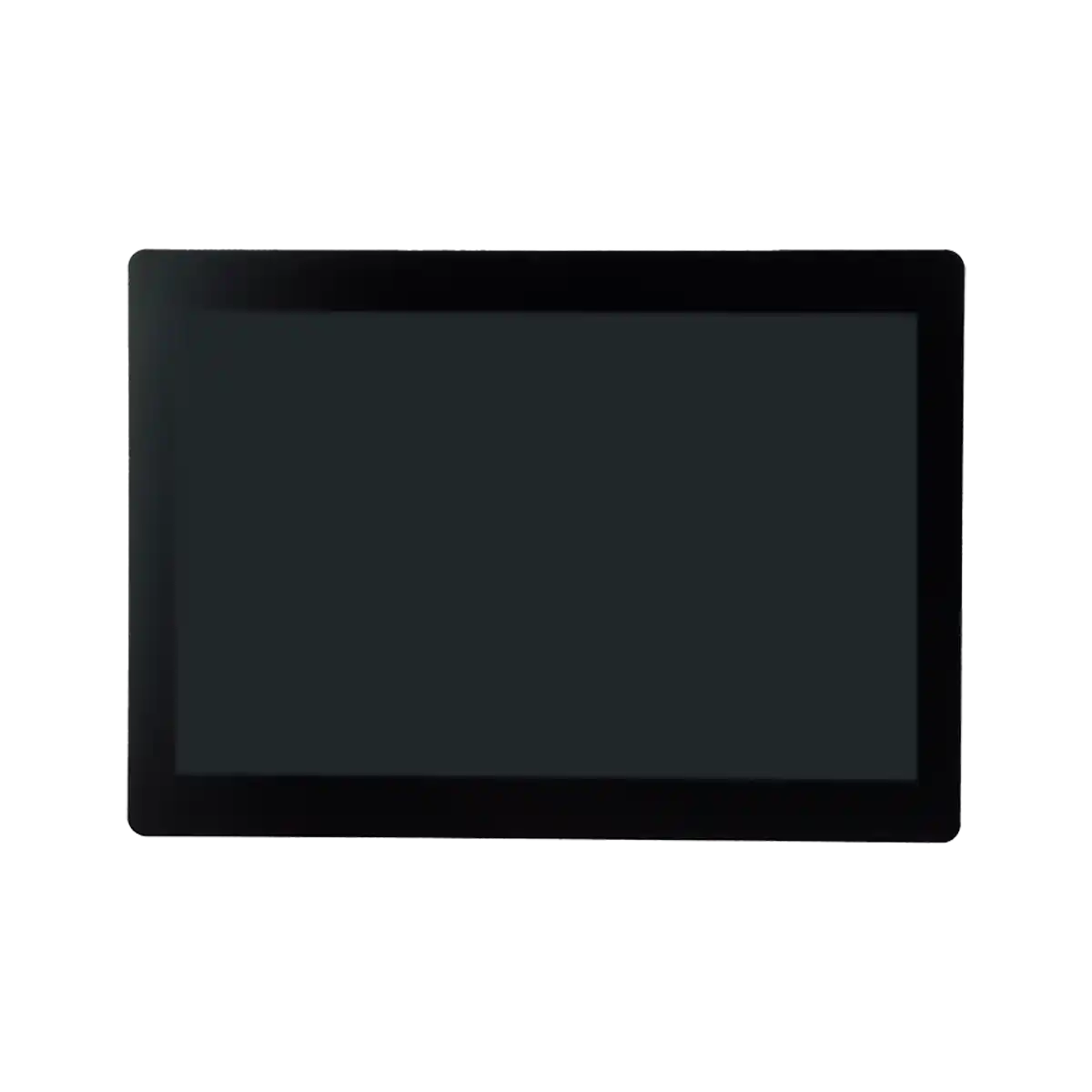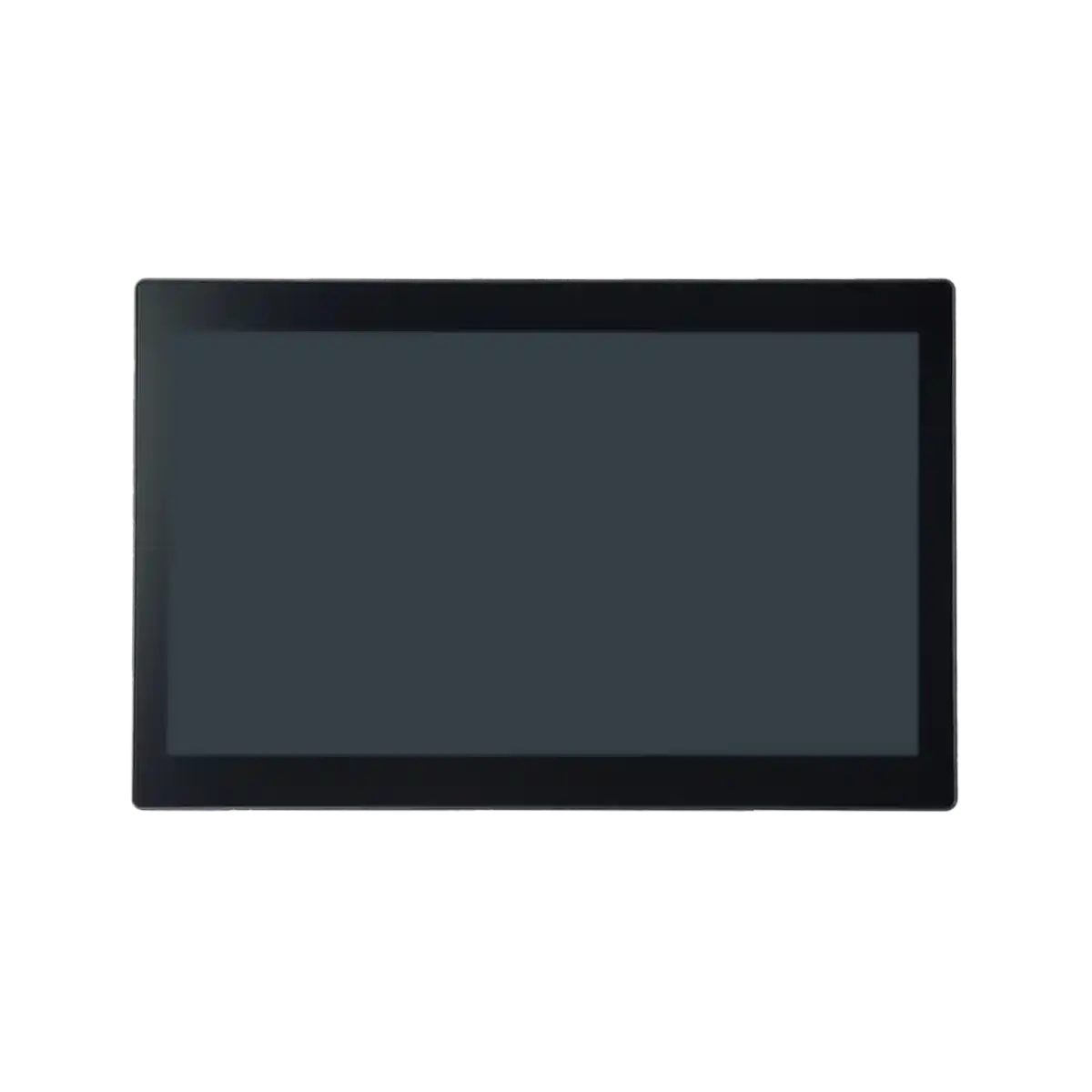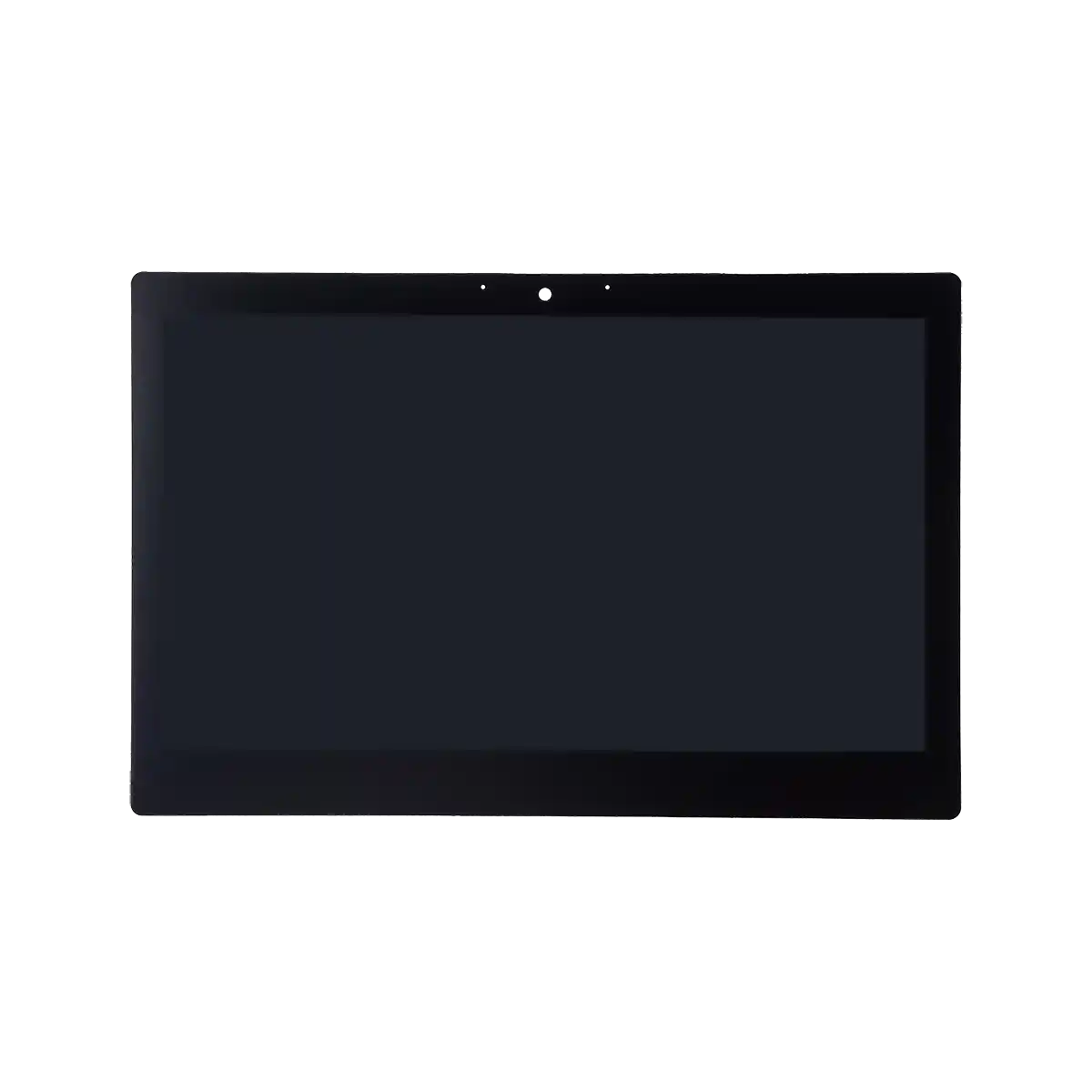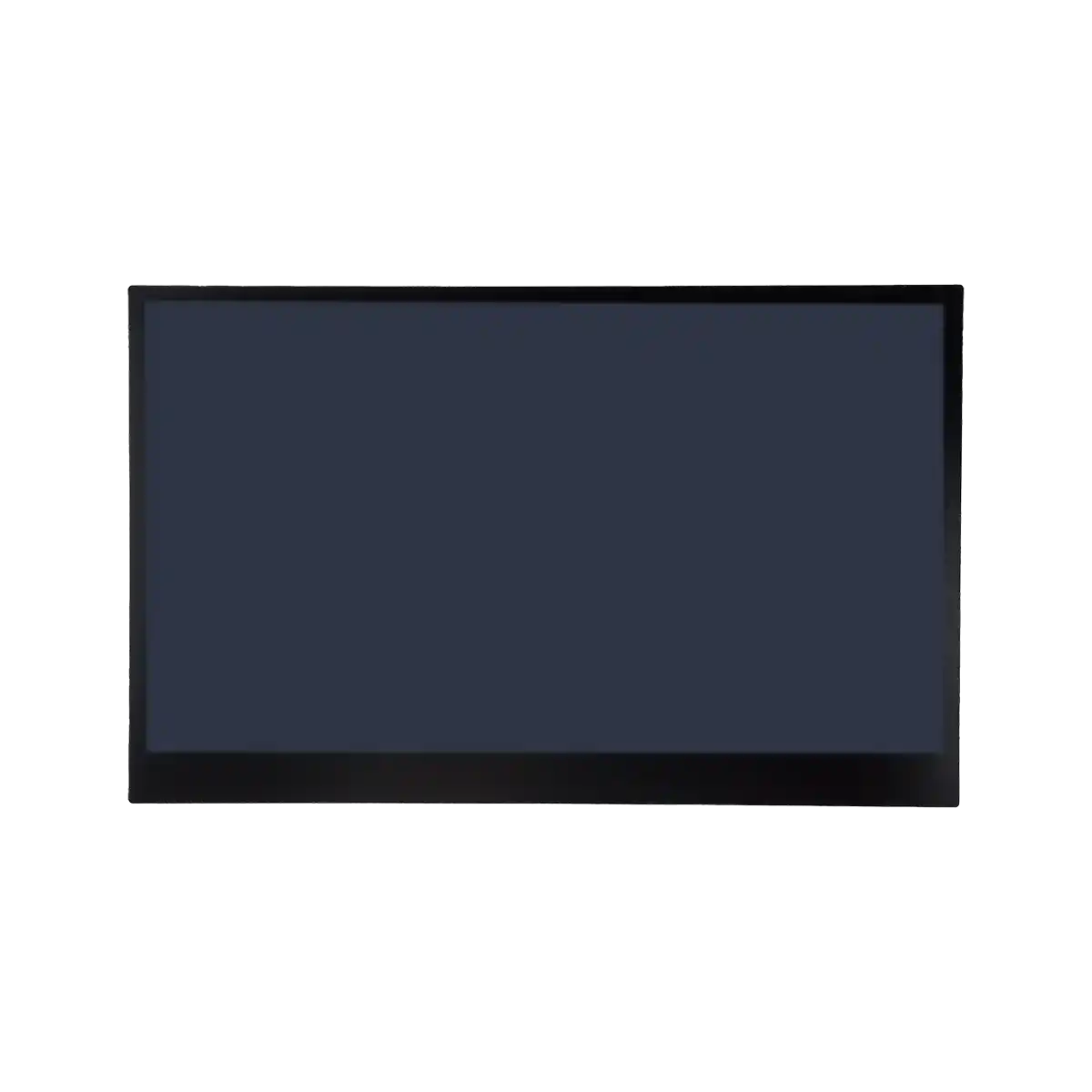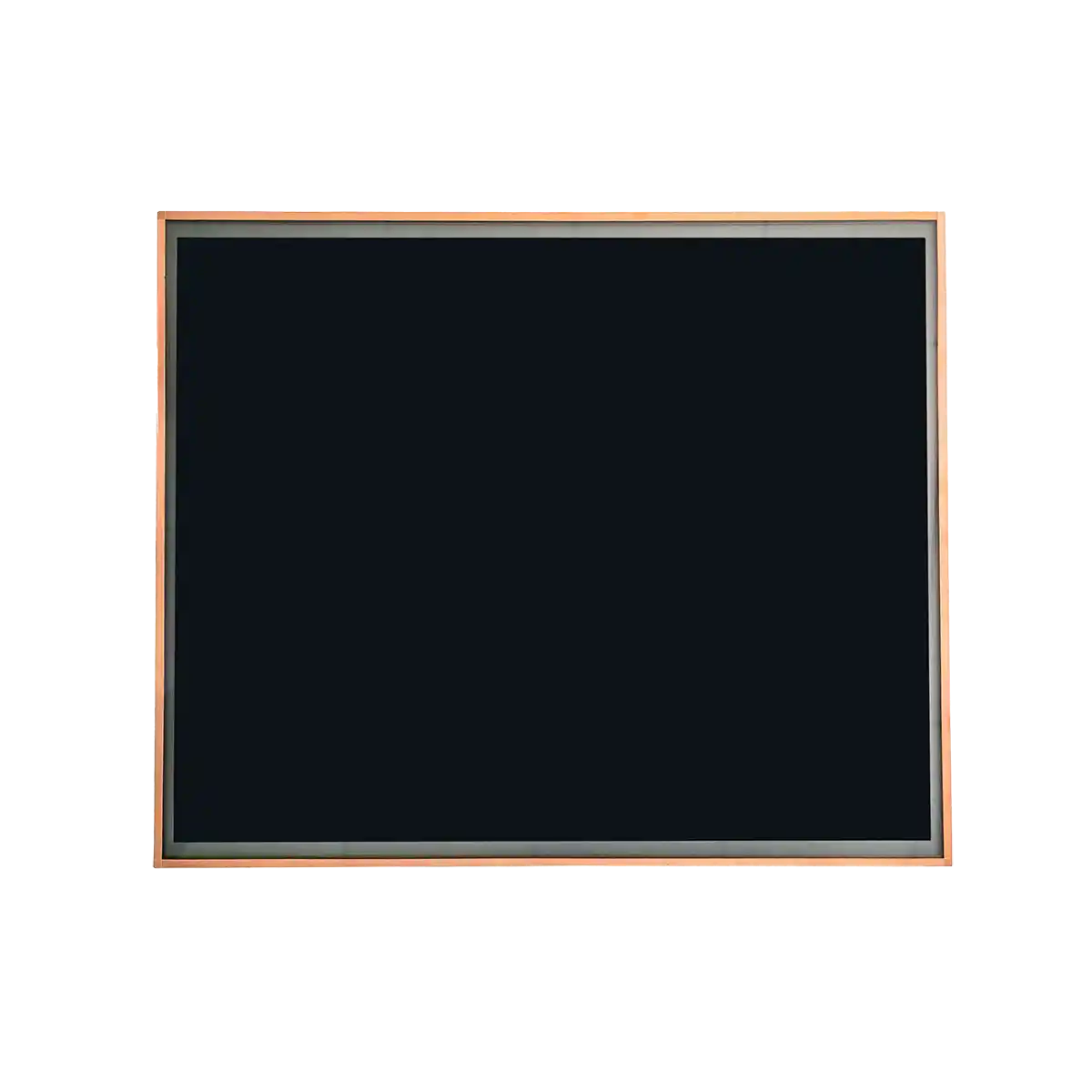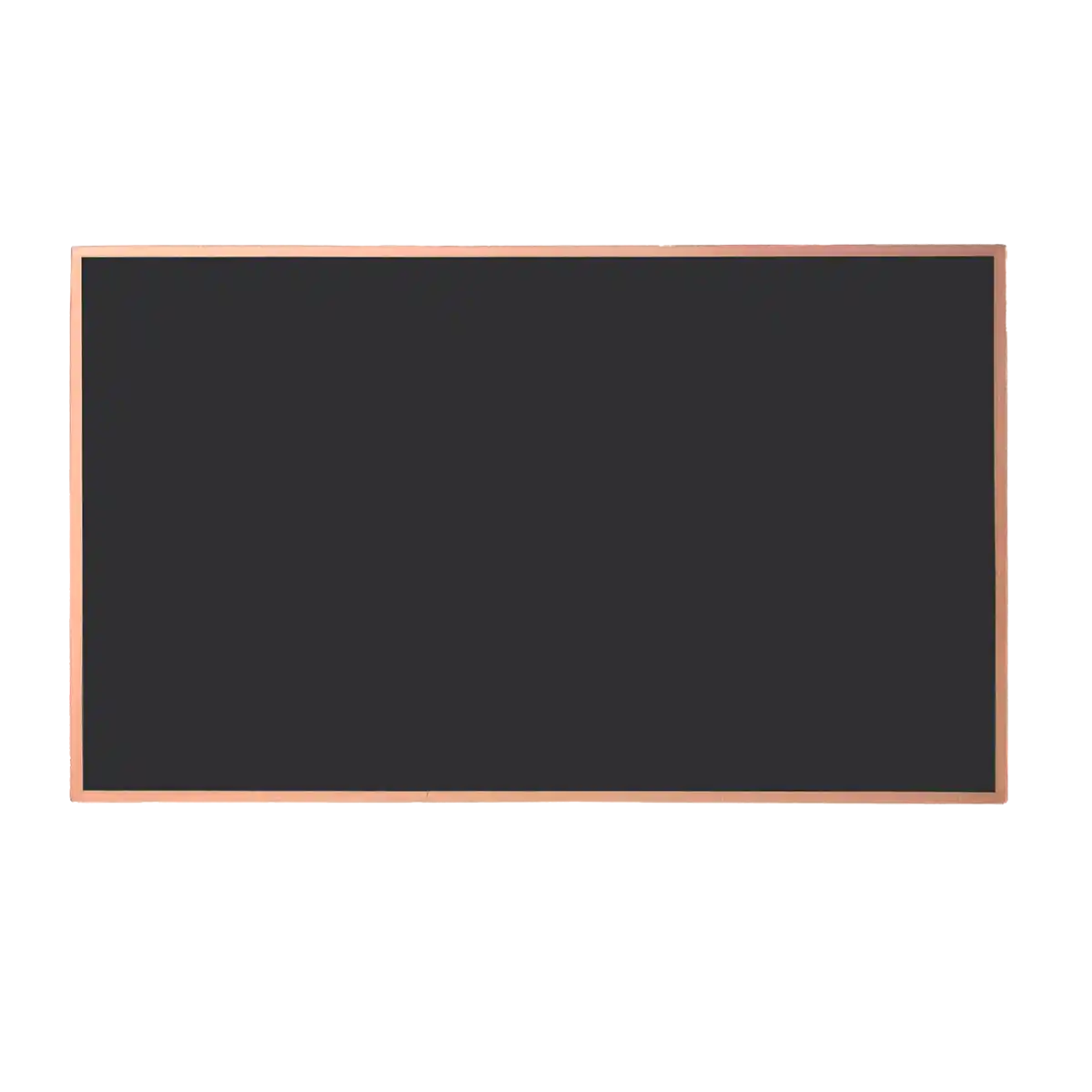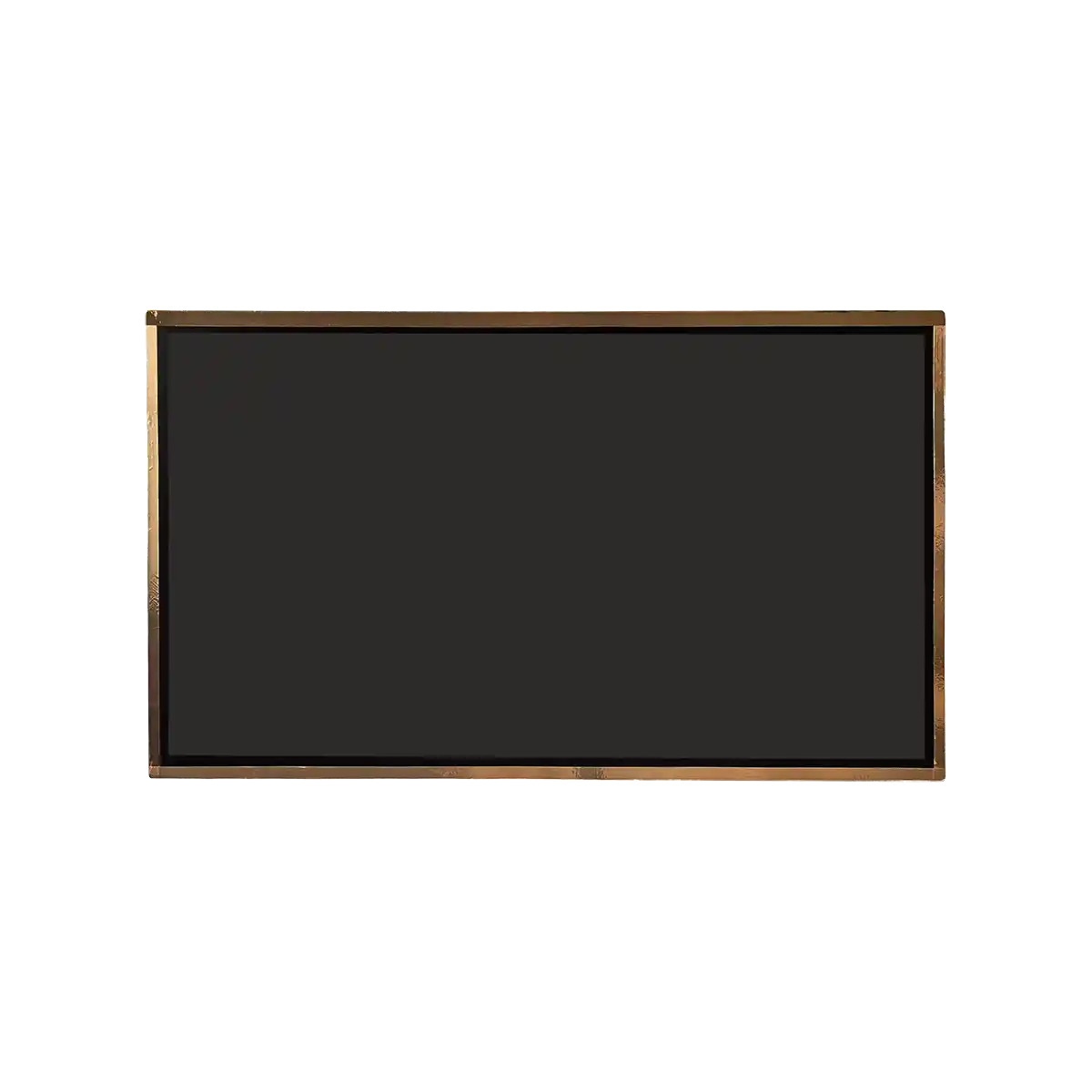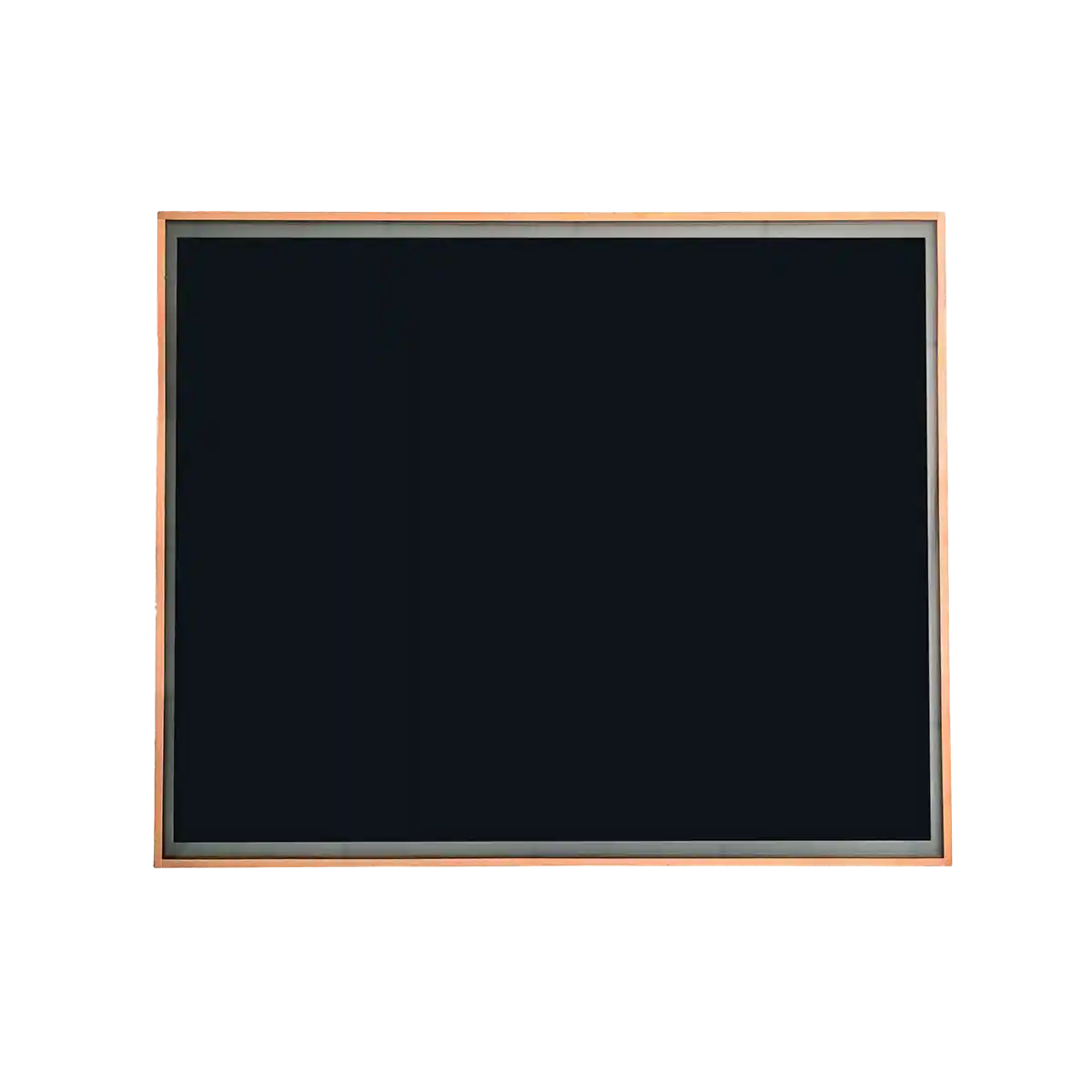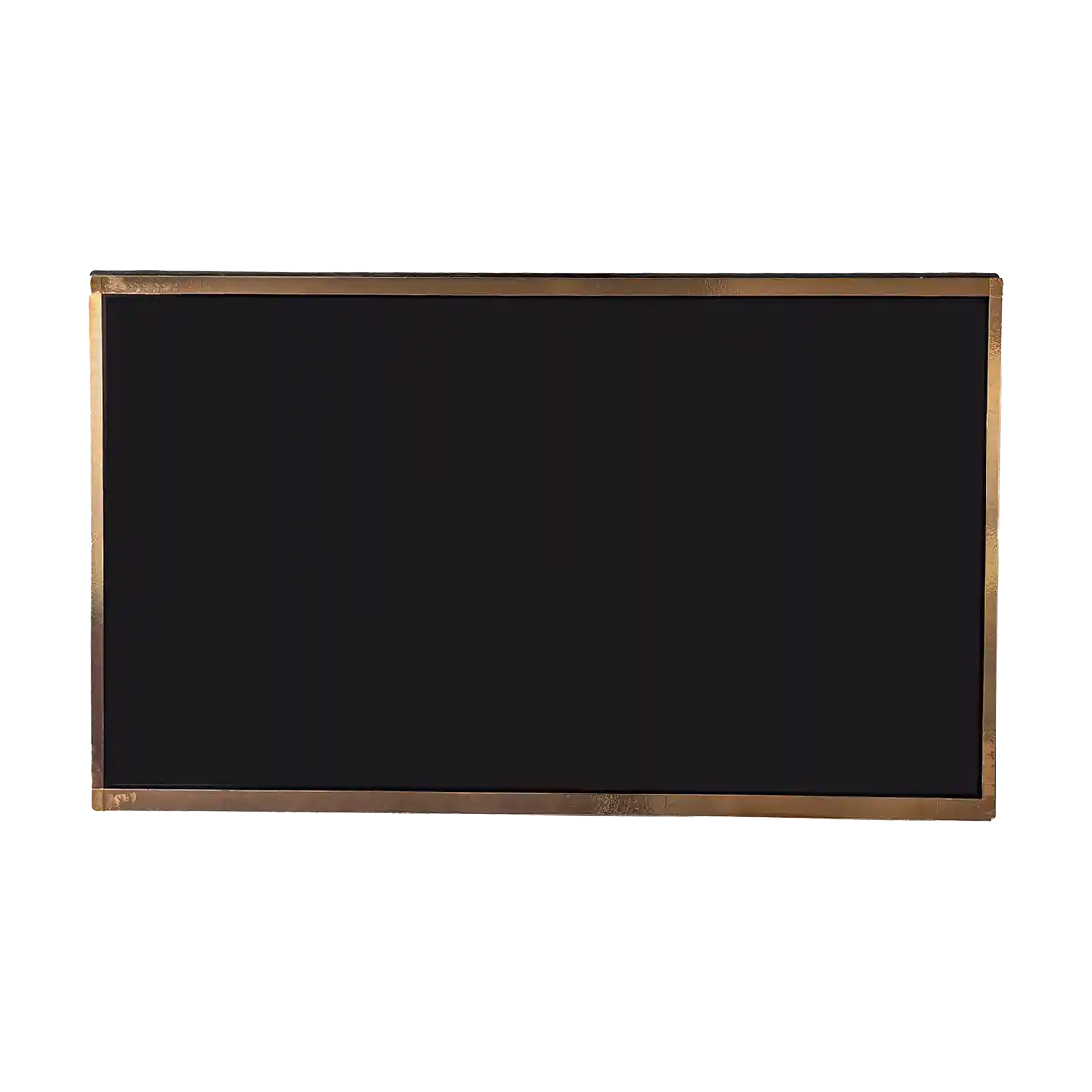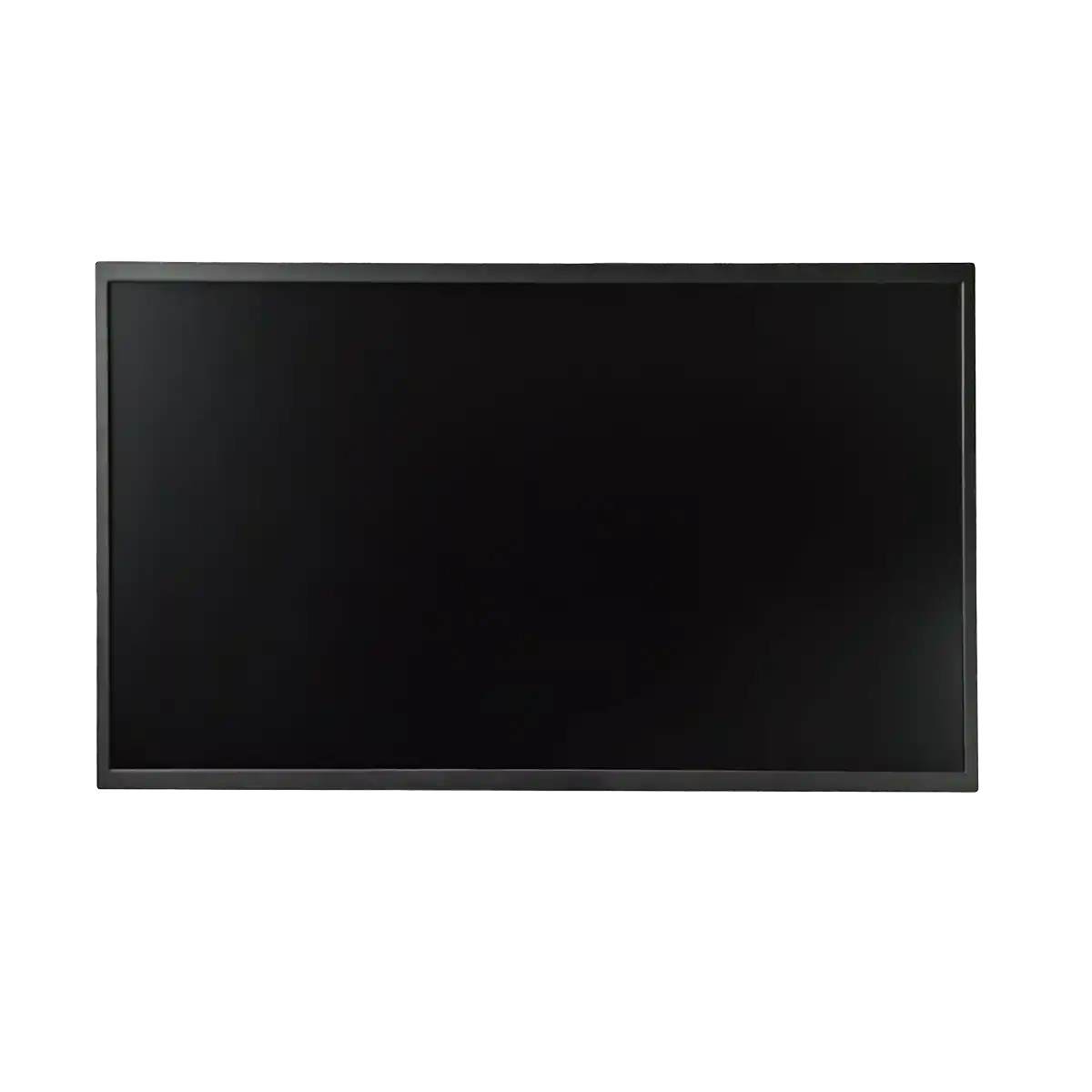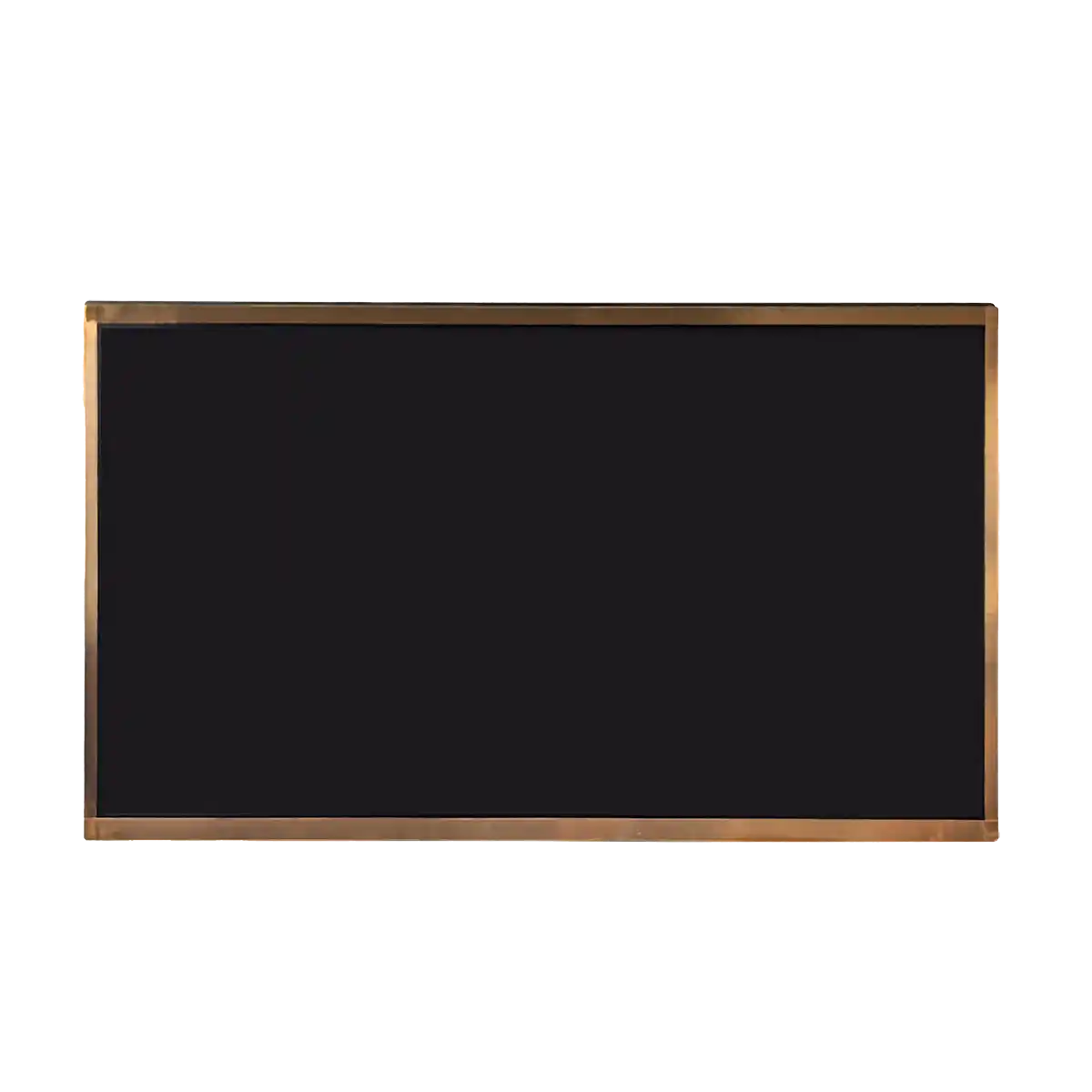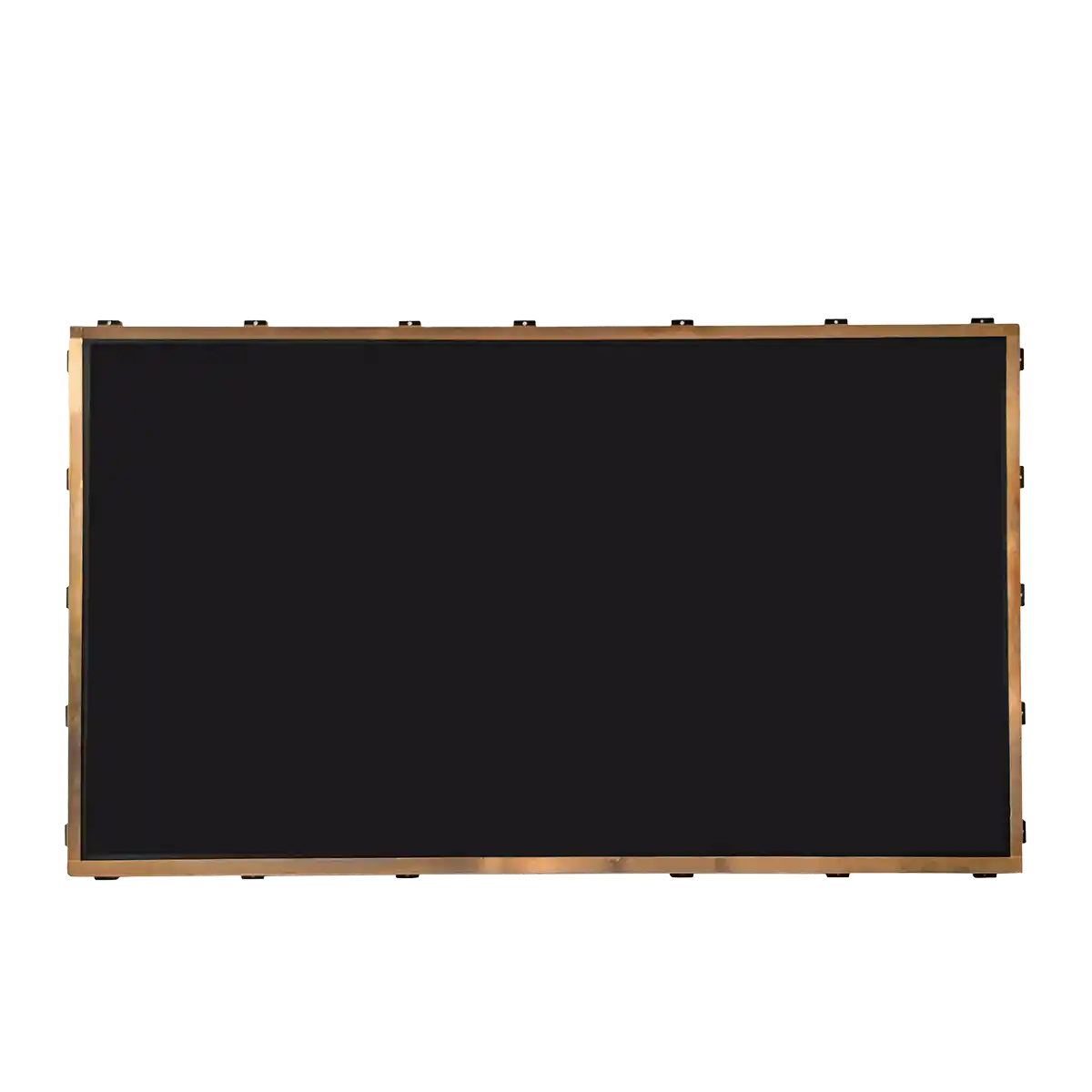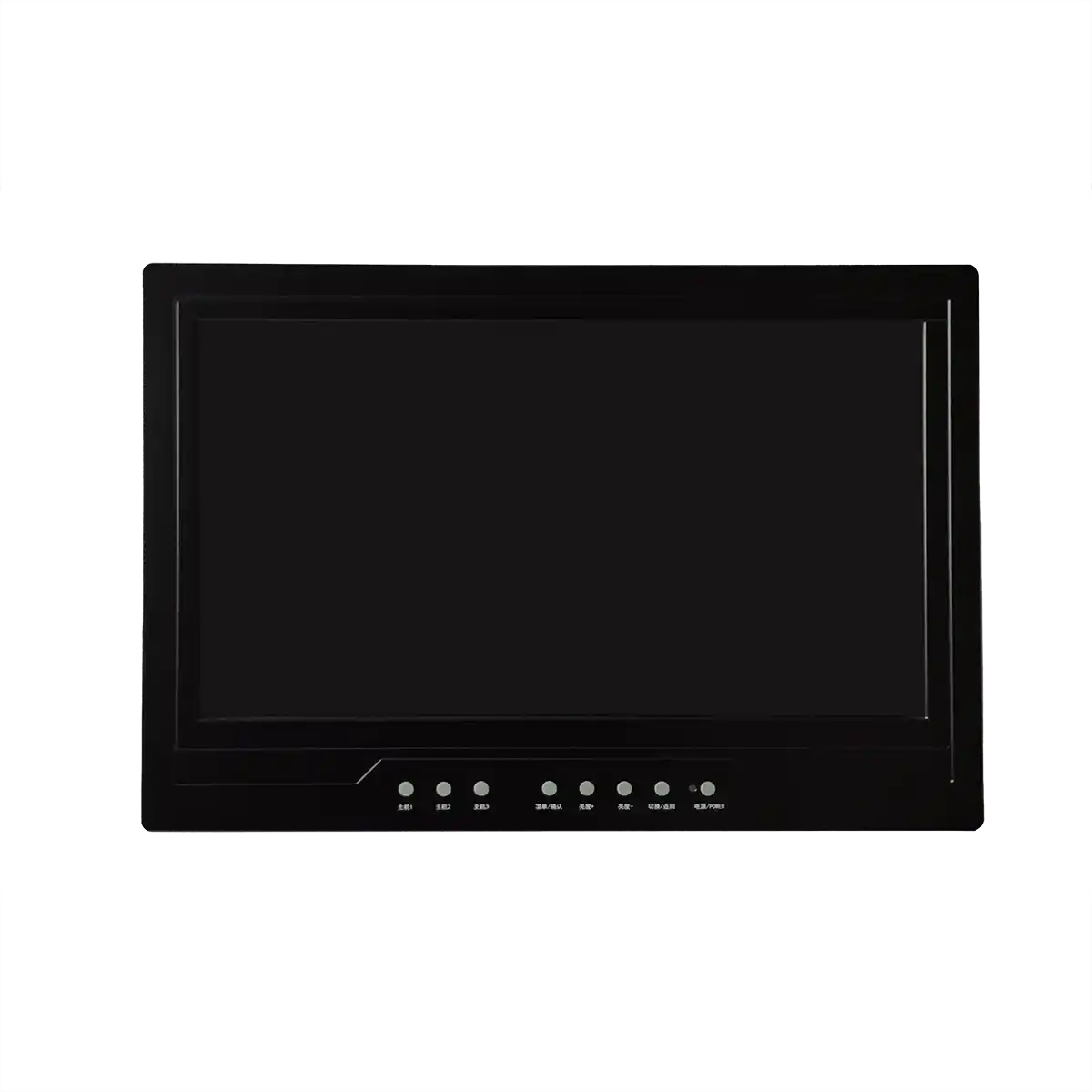Industrial LCD Screens: The Impact of Touchscreen Technology
Introduction:
The integration of touchscreen technology with industrial LCD screens has marked a significant milestone in the evolution of human-machine interfaces within industrial environments. Industrial LCD screens are specialized liquid crystal displays engineered to perform reliably under challenging conditions such as extreme temperatures, exposure to dust, moisture, and mechanical vibrations. These robust displays are integral to the control systems and monitoring equipment found across a variety of industries, including manufacturing, automation, medical technology, and heavy machinery. This article aims to provide an in-depth analysis of the core components of industrial LCD screens, the various types of touchscreen technologies, and the transformative impact these innovations have had on industrial operations.

Body:
At the core of industrial LCD screens lies the liquid crystal display technology, which is a sophisticated flat panel display system that utilizes liquid crystals to generate visual images. An LCD is composed of multiple layers, including two glass substrates coated with transparent electrodes and a layer of liquid crystals situated between them. The orientation of these liquid crystals can be manipulated by an electric field, which in turn controls the passage of light through the display to form images.
The advent of touchscreen technology has revolutionized the interaction between humans and industrial LCD screens. A touchscreen is an input device that facilitates user interaction with a display by responding to touch inputs from a finger or a stylus. The technology can be categorized into different types, such as resistive, capacitive, and projected capacitive, each offering specific advantages suitable for various applications. Capacitive touchscreens, for example, are highly sensitive and capable of detecting minute touch inputs, making them ideal for precision-oriented industrial applications.
The convergence of touchscreen technology with industrial LCD screens has led to a paradigm shift in user interface design. Traditional control mechanisms, such as bulky buttons and switches, have been replaced by sleek, touch-sensitive interfaces that enhance both the aesthetic and functional aspects of industrial equipment. This transition has not only improved the visual appeal but also increased operational efficiency and reduced the likelihood of human error.
Furthermore, the durability and resilience of industrial LCD screens have been critical considerations for manufacturers. These screens are constructed with robust materials and are sealed to prevent the ingress of contaminants, ensuring continuous functionality and readability even in the most demanding environments.
Conclusion:
The integration of industrial LCD screens with touchscreen technology has heralded a new era of industrial automation and control. The benefits are multifaceted, encompassing enhanced efficiency, diminished human error, and an improved user experience, along with the extended lifespan of equipment. As technological advancements continue, further innovations are expected to push the boundaries of industrial display systems, offering even greater capabilities and reliability.
Expansion:
Looking to the future, the incorporation of artificial intelligence and machine learning into industrial LCD screens and touchscreens is poised to be a groundbreaking development. This integration could enable predictive maintenance, where systems proactively identify and alert operators to potential issues before they escalate, thereby minimizing downtime and bolstering productivity.
Additionally, the emergence of flexible and curved industrial LCD screens presents new possibilities for the ergonomic and space-efficient design of control panels. The potential for augmented reality overlays on industrial LCD screens is another exciting prospect, offering operators real-time data and visual aids that could significantly enhance their comprehension of complex systems.
In summary, the impact of touchscreen technology on industrial LCD screens has been transformative, and with ongoing innovation, the horizon for industrial displays promises to be increasingly interactive and sophisticated.
Recommended Articles
-
Are the displays in Tesla's Cyb
2024-12-10 -
Interpretation Report on AUO's
2024-12-05 -
ADS Pro: The Future of Display
2024-12-04 -
The Trajectory of South Korea's
2024-12-04 -
Practical Applications of Indus
2024-09-26 -
Hangzhou LEEHON Technology supp
2024-09-14 -
How to Check for Issues in Indu
2024-09-11 -
How does an LCD screen find ind
2024-09-11 -
What is the difference between
2024-09-11 -
In-depth analysis of the develo
2024-09-10


